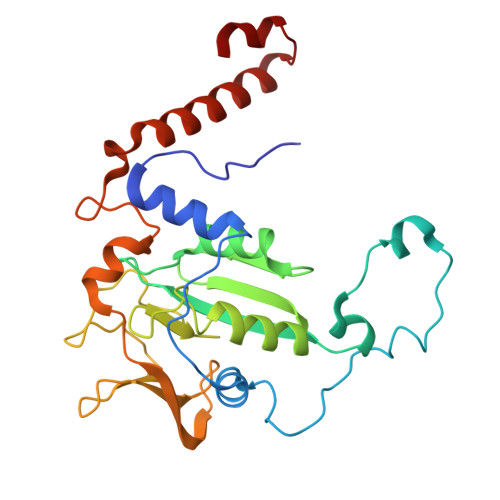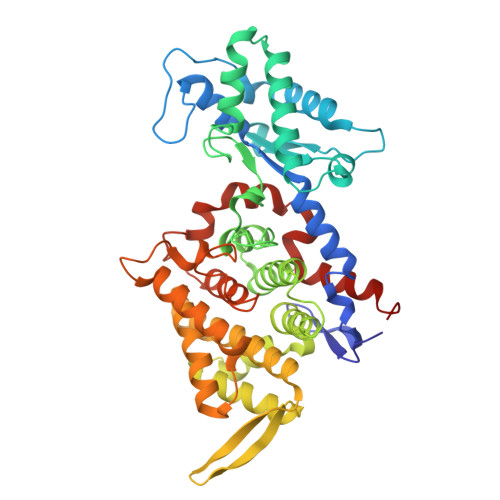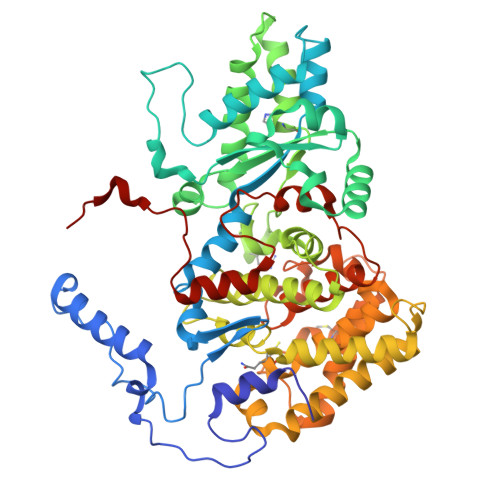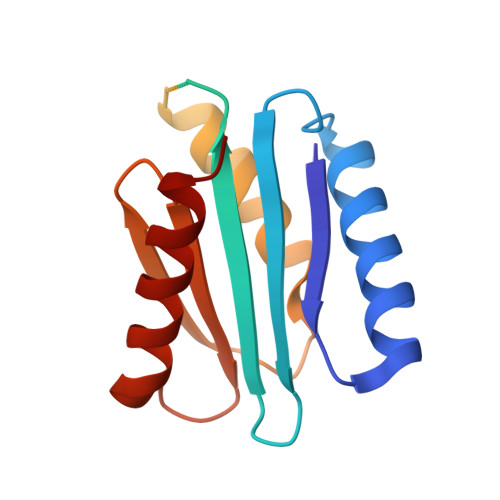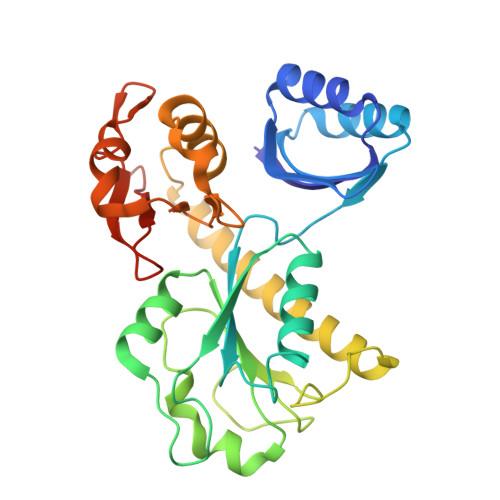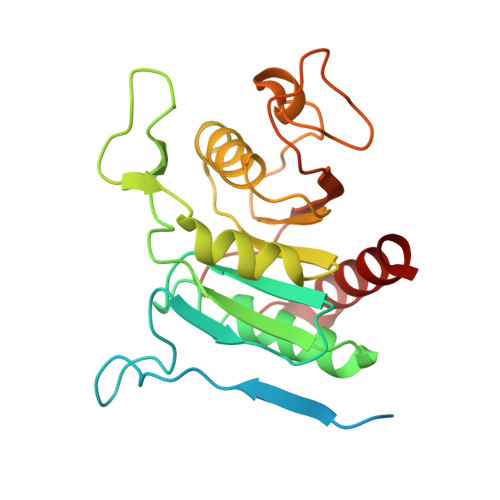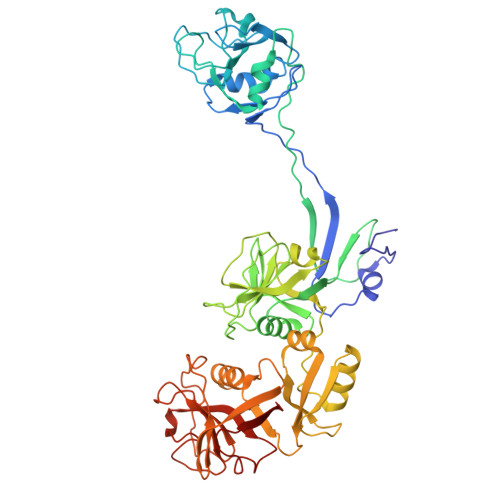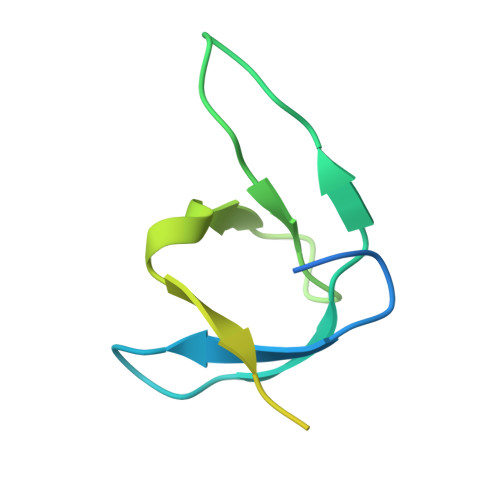Structure of the ATP-driven methyl-coenzyme M reductase activation complex.
Ramirez-Amador, F., Paul, S., Kumar, A., Lorent, C., Keller, S., Bohn, S., Nguyen, T., Lometto, S., Vlegels, D., Kahnt, J., Deobald, D., Abendroth, F., Vazquez, O., Hochberg, G., Scheller, S., Stripp, S.T., Schuller, J.M.(2025) Nature 642: 814-821
- PubMed: 40240609
- DOI: https://doi.org/10.1038/s41586-025-08890-7
- Primary Citation of Related Structures:
8S7V, 8S7X, 9H1L - PubMed Abstract:
Methyl-coenzyme M reductase (MCR) is the enzyme responsible for nearly all biologically generated methane 1 . Its active site comprises coenzyme F 430 , a porphyrin-based cofactor with a central nickel ion that is active exclusively in the Ni(I) state 2,3 . How methanogenic archaea perform the reductive activation of F 430 represents a major gap in our understanding of one of the most ancient bioenergetic systems in nature. Here we purified and characterized the MCR activation complex from Methanococcus maripaludis. McrC, a small subunit encoded in the mcr operon, co-purifies with the methanogenic marker proteins Mmp7, Mmp17, Mmp3 and the A2 component. We demonstrated that this complex can activate MCR in vitro in a strictly ATP-dependent manner, enabling the formation of methane. In addition, we determined the cryo-electron microscopy structure of the MCR activation complex exhibiting different functional states with local resolutions reaching 1.8-2.1 Å. Our data revealed three complex iron-sulfur clusters that formed an electron transfer pathway towards F 430 . Topology and electron paramagnetic resonance spectroscopy analyses indicate that these clusters are similar to the [8Fe-9S-C] cluster, a maturation intermediate of the catalytic cofactor in nitrogenase. Altogether, our findings offer insights into the activation mechanism of MCR and prospects on the early evolution of nitrogenase.
- Center for Synthetic Microbiology (SYNMIKRO), Philipps-University Marburg, Marburg, Germany.
Organizational Affiliation:








